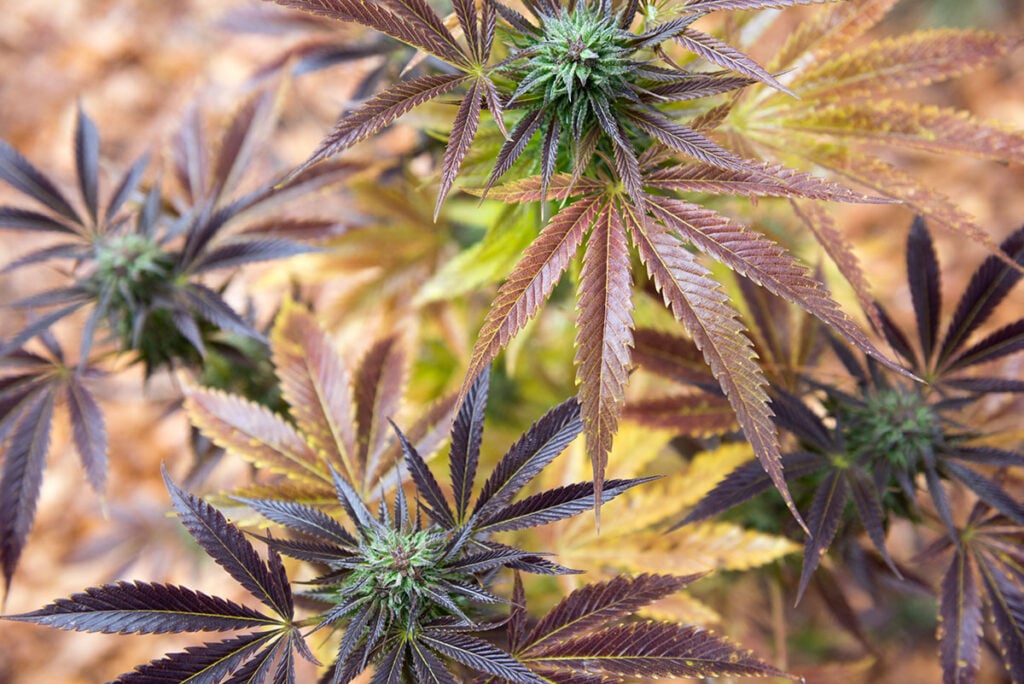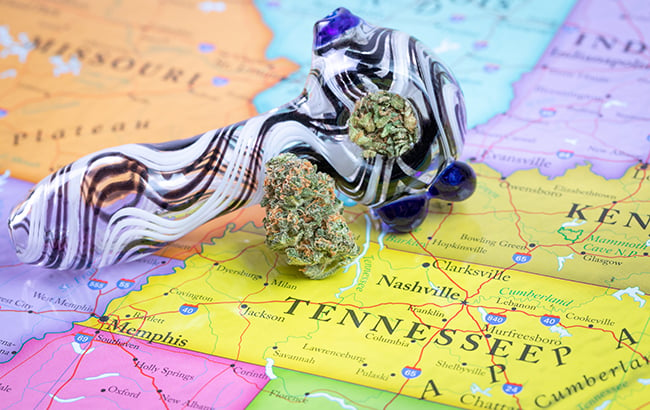
Growing your own weed is a goal for a lot of people, but the rules aren’t the same everywhere. Cannabis laws are set at the state level, which means what’s totally legal in one place could still be a serious offense in another. Some states let adults grow a handful of plants for personal use, others limit home cultivation to registered medical patients, and a few still ban it outright. Knowing the difference matters if you want to avoid fines or worse. This guide breaks down which states currently allow home grows, where it’s still off limits, and what you need to keep in mind to stay compliant in 2025.
States Where Recreational Home Growing Is Legal
A handful of states in the USA give adults the green light to grow their own cannabis for personal use. Each state sets its own rules, so the number of plants and how you can grow them will vary. For example, California allows adults 21 and older to grow up to six plants per household. Colorado, one of the first states to legalize, permits six plants per adult with a max of twelve per household, as long as they’re kept out of public view. Michigan and Massachusetts also allow home grows, with limits typically around six to twelve plants. States like Oregon are more generous, letting adults cultivate up to four plants per household.
These laws are designed to give people access to cannabis without relying only on dispensaries, but they all come with specific guidelines. Most require plants to be grown in a private, secure space, and some restrict outdoor cultivation. If you live in one of these states, make sure to read the fine print so you don’t accidentally step outside the law.
- Alaska
- Arizona
- California
- Colorado
- Connecticut
- Maine
- Maryland
- Massachusetts
- Michigan
- Minnesota
- Missouri
- Montana
- Nevada
- New Mexico
- New York
- Ohio
- Oregon
- Rhode Island
- Vermont
- Virginia
- Washington D.C.
States That Allow Medical Patients to Grow at Home
Not every state with legal cannabis lets all adults grow plants, but some make an exception for registered medical patients. These programs usually require patients to have a valid medical card and sometimes allow caregivers to cultivate on their behalf. The idea is to give patients reliable access to their medicine when dispensaries are too far, too expensive, or too limited in supply. States like Hawaii, Illinois, Oklahoma, and Washington allow home grows for qualified patients, each with its own rules on plant counts and registration.
States Where Growing Cannabis Is Completely Illegal
Even with legalization spreading, some states still don’t allow home cultivation at all. In these places, growing cannabis at home can lead to fines, criminal charges, or even jail time. States like Idaho, Nebraska, and Texas continue to ban personal cultivation completely, with strict penalties for anyone caught growing. The laws in these states reflect a more conservative stance on cannabis and leave no room for either recreational or medical home grows. If you live in one of these states, the only legal option is to avoid cultivation altogether until laws change.
FAQs
How many cannabis plants can I legally grow at home?
It depends on the state. Some allow up to six plants per adult, others set household limits, and a few still ban all home grows.
Can renters grow weed if it’s legal in their state?
Not always. Landlords can restrict cultivation in rental properties, even if state law allows it. Always check your lease.
Do I need a license to grow cannabis for personal use?
In states with recreational home grow laws, adults usually don’t need a license for personal cultivation. Medical patients may need to register.
Is there a difference between medical and recreational home grow laws?
Yes. Medical programs often allow registered patients or caregivers to grow a set number of plants, while recreational rules cover all adults.
What happens if I grow weed in a state where it’s illegal?
You could face fines, criminal charges, or jail time. Penalties vary but are often severe in prohibition states.









